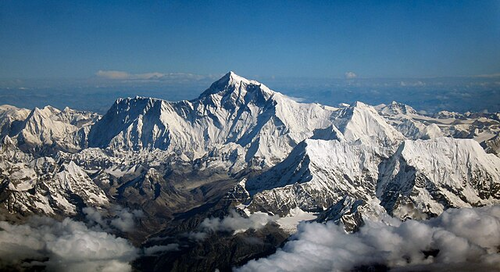Noiser
5 Fascinating Facts About Mount Everest
Play Short History Of... The Conquest of Everest
Mount Everest, the world's highest peak, has captivated explorers and adventurers for generations. While its towering height is well-known, many fascinating aspects of this Himalayan giant often go unnoticed—here are five intriguing facts about the roof of the world.
1. It’s (Technically) Not the World’s Tallest Mountain
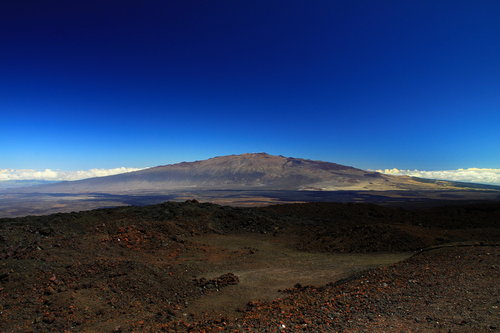 Standing at 8,848.86 metres, Mount Everest is widely regarded as the world's tallest mountain. However, technically, that title belongs to Mauna Kea, a long-dormant volcano in Hawaii, USA. When measured from its underwater base on the seabed, Mauna Kea reaches an impressive height of approximately 10,205 metres, making it 1,356 metres taller than Everest. Despite this fact, Everest is celebrated (and perhaps rightly so) as the tallest mountain because its peak rises highest above sea level.
Standing at 8,848.86 metres, Mount Everest is widely regarded as the world's tallest mountain. However, technically, that title belongs to Mauna Kea, a long-dormant volcano in Hawaii, USA. When measured from its underwater base on the seabed, Mauna Kea reaches an impressive height of approximately 10,205 metres, making it 1,356 metres taller than Everest. Despite this fact, Everest is celebrated (and perhaps rightly so) as the tallest mountain because its peak rises highest above sea level.
2. Mount Everest’s Height Changes Each Year
Due to constantly shifting tectonic plates, Everest’s height continues to rise by approximately 4 millimetres each year. Surprisingly, this is less than other mountains in the Himalayas, which rise 10 millimetres on average per year.
3. The Man the Mountain Was Named After Didn’t Want the Honour
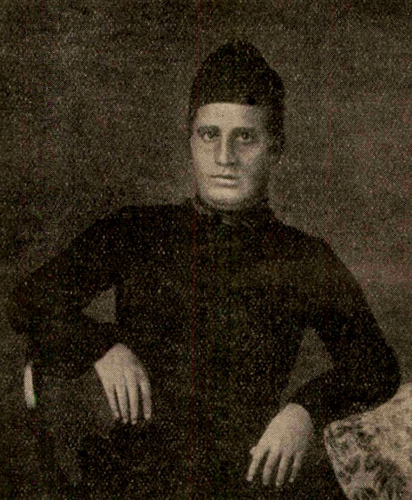
Originally, Mount Everest was known simply as Peak 15. However, that had to change in 1852 when a nineteen-year-old world-class mathematician from Calcutta named Radhanath Sikdar calculated that it was, in fact, the tallest mountain in the world, rising to a staggering 29,000 feet (8,840 metres).
Peak 15 needed a rebrand befitting its new status. So, it was renamed Everest after George Everest, ex-Surveyor General of India. In the decades that followed, many argued that the mountain should have been named after Radhanath Sikdar – the man who actually measured it. Even Sir George Everest objected to the mountain taking a foreign name, having always preferred to label his maps with indigenous titles. However, the name stuck.
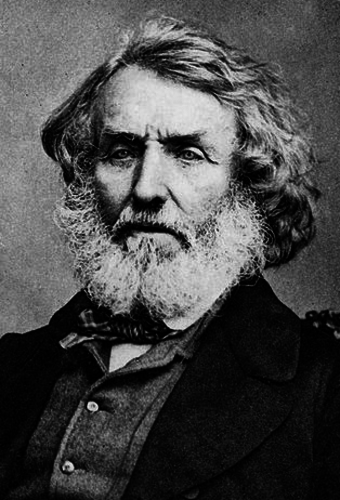
4. Edmund Hillary and Tenzing Norgay Were the First to Summit Everest in 1953
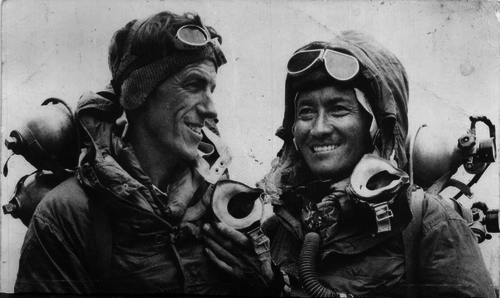 In 1952, a team of Swiss climbers came close to reaching the summit of Mount Everest, but it was a British-funded expedition in 1953 that finally succeeded. Led by Colonel John Hunt, the expedition was a massive undertaking involving over 400 people, including 362 porters and 20 Sherpa guides. Among the climbers was Sir Edmund Hillary of New Zealand, who humbly described himself as a beekeeper.
In 1952, a team of Swiss climbers came close to reaching the summit of Mount Everest, but it was a British-funded expedition in 1953 that finally succeeded. Led by Colonel John Hunt, the expedition was a massive undertaking involving over 400 people, including 362 porters and 20 Sherpa guides. Among the climbers was Sir Edmund Hillary of New Zealand, who humbly described himself as a beekeeper.
The press loved the idea that he was this beekeeper, but that belied the reality that he was a very determined, very clever guy from an educated background. He'd been in the Army, but his passion was climbing.
Mick Conefrey, documentary maker and author of Everest, 1922.
Another integral team member was Tenzing Norgay, a Sherpa sirdar (leader) from Nepal. By 1953, Tenzing was already renowned for having climbed higher than anyone else on Earth, thanks to his role in the previous Swiss attempt. This time, he and Edmund Hillary aimed to go even further. And they did! On 29 May 1953, Hillary and Norgay achieved their goal, becoming the first people to successfully reach the summit of Mount Everest.
You might be wondering which of the two was the first to set foot on the summit. Well, Tenzing and Hillary made a pact never to say who was first. The promise between the two men lasted until 1977, when Tenzing revealed in his autobiography that it was, in fact, Sir Edmund Hillary who became the first man to reach the top of the world.
Their success marked a watershed moment in the history of mountaineering, and following their remarkable ascent, both men were rightly celebrated as international heroes.
5. Over 6,600 People Have Successfully Climbed Everest, but 330 Have Died Trying
Since 1953, a staggering 6,664 people have successfully climbed Mount Everest, with the peak being reached nearly 12,000 times in total. Among these climbers, Kami Rita Sherpa, a Nepali guide known as "Everest Man", holds the record for the most ascents, having reached the summit an incredible 30 times.
However, the climb is anything but easy. The mountain's inhospitable weather, treacherous crevasses, and sheer scale make it a formidable challenge. Since the 1920s, 330 people have lost their lives on Everest, with over 200 bodies still unrecovered.
Climbing Everest is also an expensive endeavour. According to www.expedreview.com, the cost of Sherpa guides, travel, insurance, and equipment averages $58,069 (£43,375). The climb itself typically takes around forty days, not including the additional two-week trek to base camp.
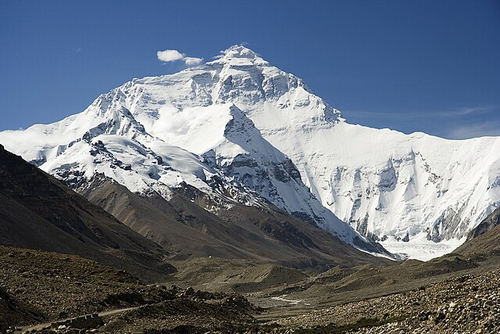 The threat of death and high costs have not dissuaded thousands of thrill-seekers from attempting to conquer Mount Everest and etch their names in history by reaching its summit. But it will be the names Tenzing Norgay and Edmund Hillary that remain synonymous with the mountain. These two pioneers lived by the New Zealander's motto: aim high; there is little virtue in an easy victory.
The threat of death and high costs have not dissuaded thousands of thrill-seekers from attempting to conquer Mount Everest and etch their names in history by reaching its summit. But it will be the names Tenzing Norgay and Edmund Hillary that remain synonymous with the mountain. These two pioneers lived by the New Zealander's motto: aim high; there is little virtue in an easy victory.

